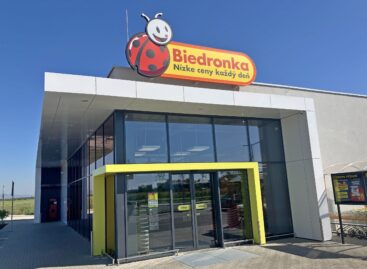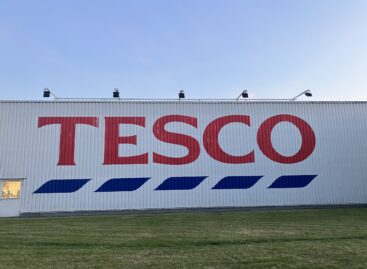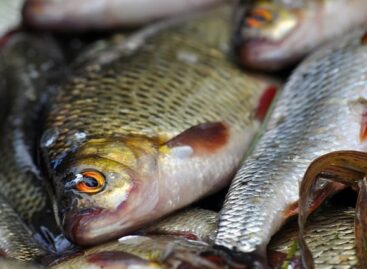Action sets the pace in non-food with a food discounter’s logic
Action expands rapidly across Central and Southeast Europe, outperforming its competitors. Its store model merges food retail logic with a tightly curated non-food assortment. Promotional dynamics and deep category control make Action a leader in the evolving discount landscape.

Sebastian Rennack
international retail analyst
Aletos Retail
Action continues to outperform other retailers with its unique approach to non-food discounting, which merges fast-moving assortment rotation with a food discounter’s operational logic. While rivals pursue fashion-led or impulse-driven concepts, Action has systematised its category management and shopper layout in a way that enables exceptional scalability across diverse European markets.
The retailer’s expansion pace remains unmatched. Net sales surged by 22 percent in 2024 to reach 13.8 billion euros and like-for-like growth exceeded ten percent. The retailer continues to scale up in the Central and Southeast European region. After adding Slovakia to its portfolio in 2022, Romania is set to follow this year, while Croatia and Slovenia are planned for 2026.
In-store, the formula behind Action’s success becomes visible. The store is split into two strategic zones. At the entrance, fast-rotating promotional shelves create a sense of urgency and treasure-hunt appeal—an approach inherited from food retail. Right after that follow categories like decorative articles and home accessories, resonating with all customer segments. Further into the store, the structure becomes more shopper-specific. In the second zone young families find curated selections of toys, baby items, and health & beauty products—categories that remain underdeveloped at most of Action’s non-food discount peers.
Assortment strategy is tightly controlled and consistently optimised. Decoration (19%) and home care/homeware (22%) remain core drivers of footfall, while DIY represents a notable differentiator: ten percent of space is allocated to tools and home improvement items, a level of depth not found at Woolworth or Tedi. Around seven percent of space is dedicated to food and beverages—less to build baskets, more to drive frequency and cover essentials for convenience shoppers.
While inflation has challenged the retailer’s hallmark promise of 1,500 items for one euro or less, Action has adjusted its communication while actively managing price perception. In late 2024, it implemented 650 targeted price cuts and now highlights that two-thirds of its assortment remains under the two-euro mark.
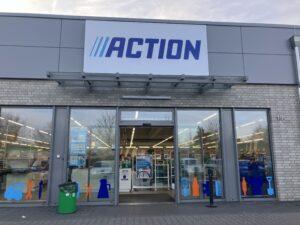
Most new Action stores are strategically located in retail parks, leveraging high traffic and easy access

Action positions itself as a high-quality discounter
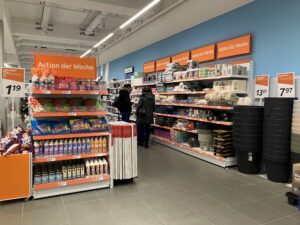
Unlike other non-food discounters, Action features a front-of-store promotional zone
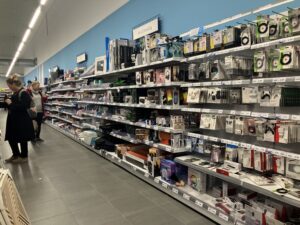
In the front of the store, multimedia accessories serve as entry-level impulse items, appealing to a broad customer base
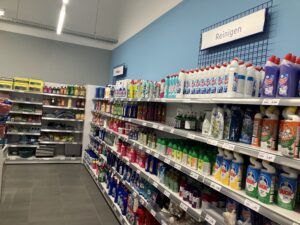
The section containing detergents and cleaning products is significantly bigger than at other channel competitors and underlines Action’s household
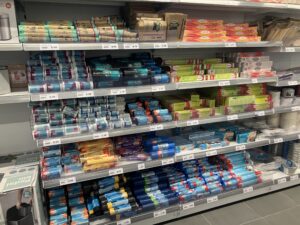
Shelf layout and pricing architecture reflect the operational logics of food discounting
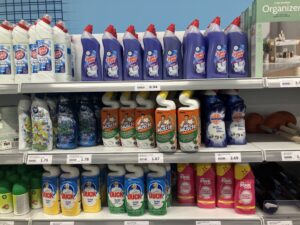
The assortment includes brand items not commonly found in other retail formats, enhancing exclusivity
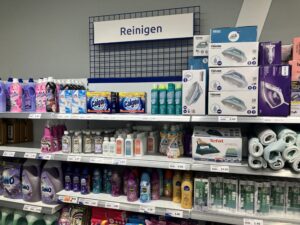
In contrast to Woolworth and Tedi, Action integrates home appliances within related categories instead of using a dedicated shelf section
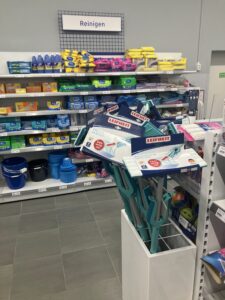
Second placements are managed through dedicated fixtures to create promotional impulses within the category

Shelf heights below 1.50 meters ensure full store visibility and support shopper orientation
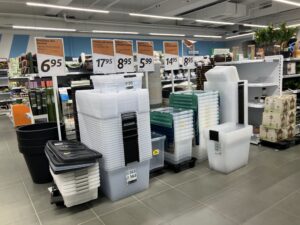
While competitors display oversized items on top shelves, Action allocates distinct floor space for large-format products
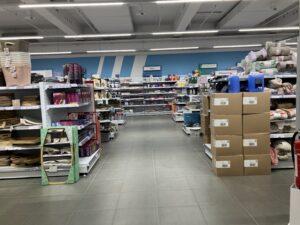
Store layout and aisle width are reminiscent of food discount store planning

Seasonal ranges are positioned at the rear of the store to foster discovery and increase dwell time

Electric products are not isolated but merchandised contextually within each product category
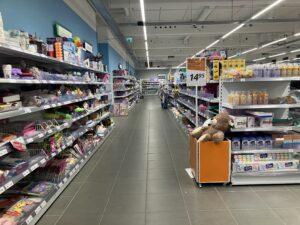
In-category promotions are consistently marked with orange price tags to ensure shopper clarity
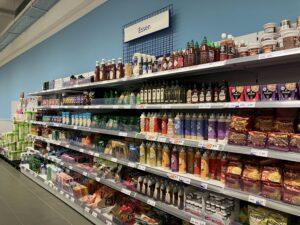
Food categories are significantly broader than at other non-food discounters and placed as impulse ranges near checkout
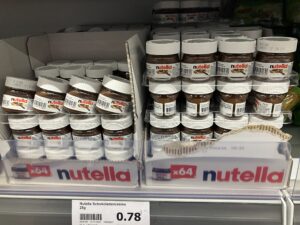
As in the cleaning segment, the food range includes brand-name products that are exclusive to Action
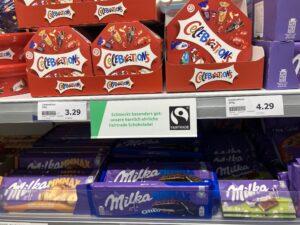
To differentiate from branded offerings, Action highlights its chocolate private labels with Fair Trade certification
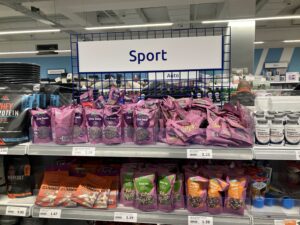
Responding to demand trends, the retailer has introduced a wide range of functional food and sports nutrition items
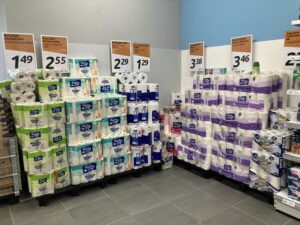
Large-volume items are displayed on pallets, following established food discount merchandising practices

Checkout zones are structured in line with food discount principles, offering clarity and throughput efficiency
Related news
A new format for Slovakia: Biedronka blends food retail with drugstore assortment
🎧 Hallgasd a cikket: Lejátszás Szünet Folytatás Leállítás Nyelv: Auto…
Read more >Tesco Slovakia leans on non food and UK-style value pricing
🎧 Hallgasd a cikket: Lejátszás Szünet Folytatás Leállítás Nyelv: Auto…
Read more >Action Achieves 17% Growth In 9M, Plans Croatian Launch
🎧 Hallgasd a cikket: Lejátszás Szünet Folytatás Leállítás Nyelv: Auto…
Read more >Related news
(HU) A nap mondása
🎧 Hallgasd a cikket: Lejátszás Szünet Folytatás Leállítás Nyelv: Auto…
Read more >(HU) Kautzky Szemők Adrienn: Vigyázzunk a sarlatánokkal
🎧 Hallgasd a cikket: Lejátszás Szünet Folytatás Leállítás Nyelv: Auto…
Read more >The Hortobágy fish farm delivers one hundred tons of fish to stores every day
🎧 Hallgasd a cikket: Lejátszás Szünet Folytatás Leállítás Nyelv: Auto…
Read more >
